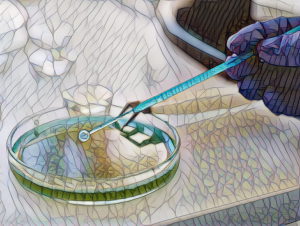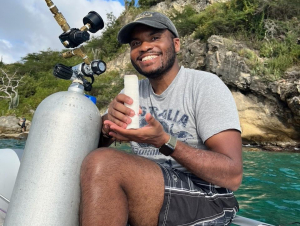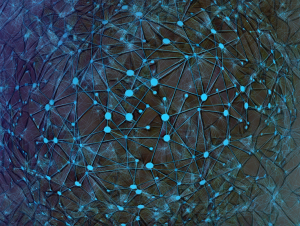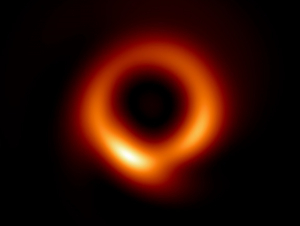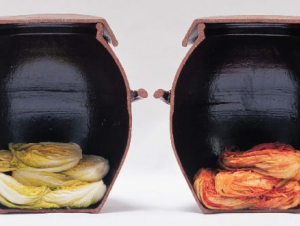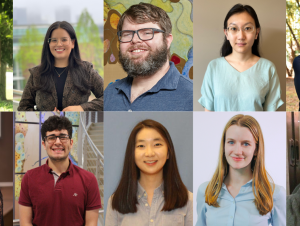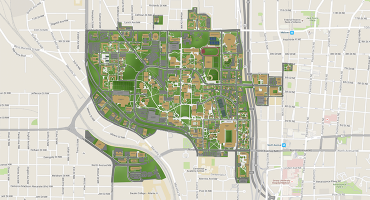To request a media interview, please reach out to experts using the faculty directories for each of our six schools, or contact Jess Hunt-Ralston, College of Sciences communications director. A list of faculty experts is also available to journalists upon request.
Latest News
Agarwal’s award specifically focuses on his research into peptides, short strings of amino acids that make up proteins. “We’re making new types of peptides and modified peptides,” Agarwal explains. “Modifications in a lot of antibiotics that we use are actually peptides.”
On the U.S. Virgin Island of St. Croix, the ruins of a Danish sugar plantation built from harvested coral bricks could be the key to understanding how and why the area was decimated by the 18th-century transatlantic slave trade. With funding from the National Geographic Society, researchers at the Georgia Institute of Technology and the University of California, Los Angeles (UCLA) will travel to St. Croix to analyze this coral. They hope to determine how coral mining, dredging, and reef erosion affected near-shore biodiversity, contemporary coral populations, and bathymetry or underwater depth. The project uniquely combines archeology and oceanography.
Anton Bernshteyn is forging connections and creating a language to help computer scientists and mathematicians collaborate on new problems — in particular, bridging the gap between solvable, finite problems and more challenging, infinite problems. Now, an NSF CAREER grant will help him achieve that goal.
A team of researchers, including astrophysicists from Georgia Tech, the Institute for Advanced Study, and NSF’s NOIRLab, has developed a new machine-learning technique to enhance the fidelity and sharpness of radio interferometric images. To demonstrate the power of their new approach, which is called PRIMO, the team created a new, high-fidelity version of the iconic Event Horizon Telescope's image of the supermassive black hole at the center of Messier 87, a giant elliptical galaxy located 55 million light-years from Earth.
Today, most kimchi is made through mass fermentation in glass, steel, or plastic containers, but it has long been claimed that the highest quality kimchi is fermented in onggi. Kimchi purists now have scientific validation, thanks to recent research measuring carbon dioxide levels in onggi during kimchi fermentation, and developing a mathematical model to show how the gas was generated and moved through the onggi’s porous walls.
The Krish Roy - GRA Travel Award is a new travel award endowed by Professor Krishnendu Roy with funding provided by the Georgia Research Alliance (GRA). Roy is a Regents’ Professor and the Robert A. Milton Endowed Chair in Biomedical Engineering. He also serves as Director of the NSF Engineering Research Center (ERC) for Cell Manufacturing Technologies (CMaT), the Marcus Center for Cell Therapy Characterization and Manufacturing (MC3M), and the Center for ImmunoEngineering. The award was designed to support to IBB-affiliated undergraduate, graduate, and postdoctoral trainees conducting research in cell manufacturing, drug delivery, immunoengineering, and regenerative medicine.
Ten finalists (pictured left) were selected to receive a stipend to travel to a domestic or international conference or workshop to present their research work.

